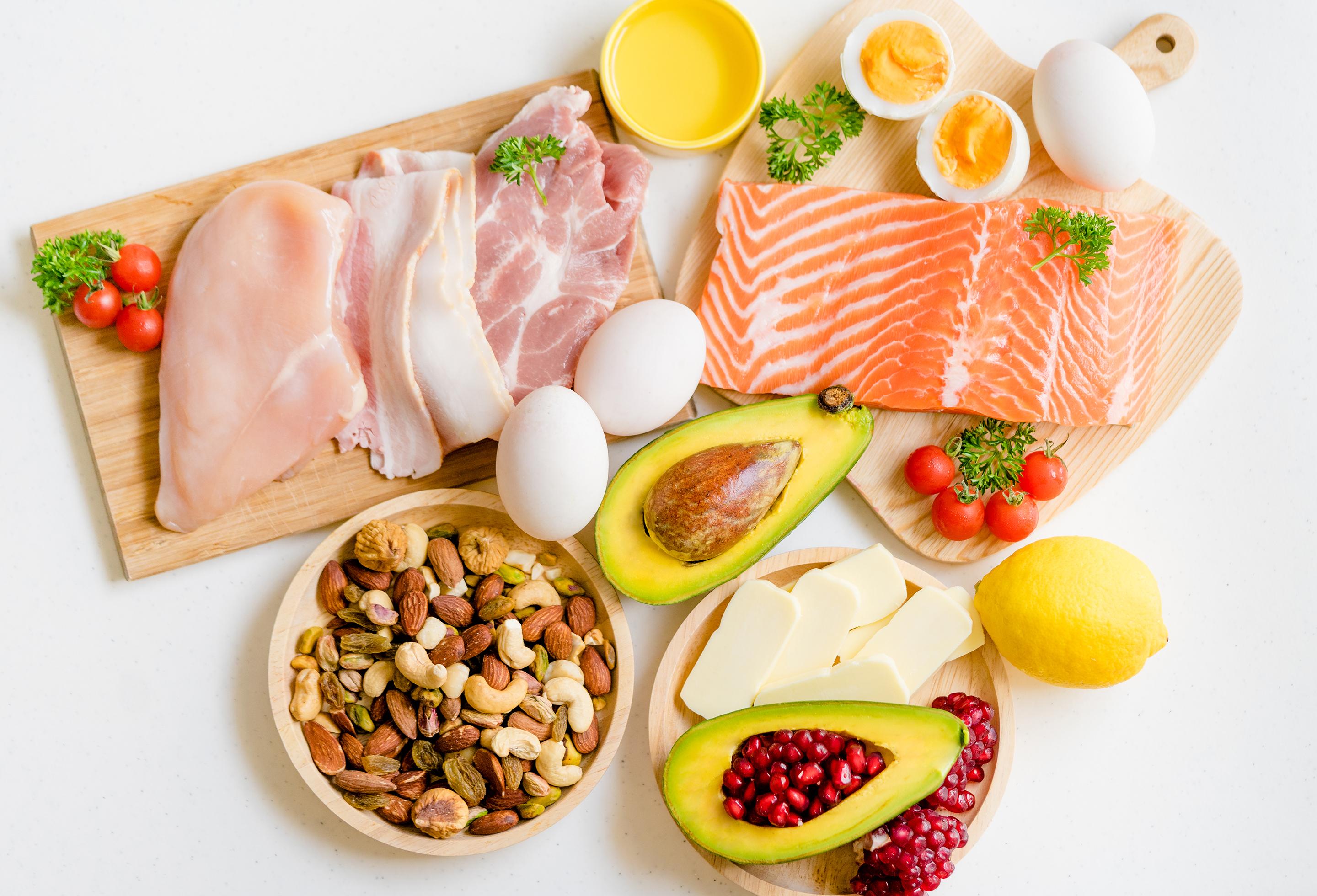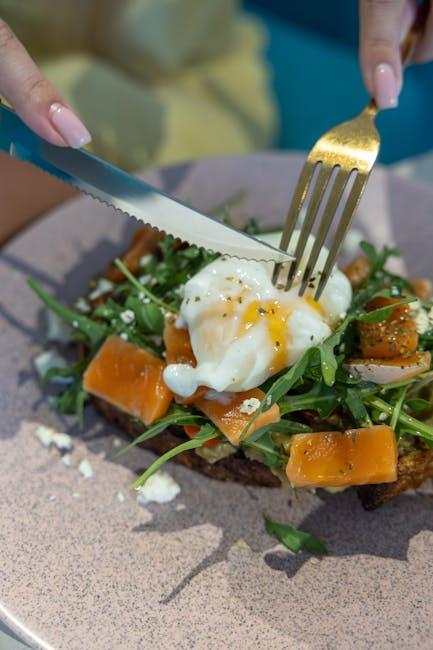In the pursuit of a leaner physique and enhanced muscle definition, the role of protein in our diets has garnered significant attention from both fitness enthusiasts and nutrition experts alike. As the cornerstone of muscle repair and growth, protein is not just a macronutrient; it is a pivotal component of any effective fat loss and muscle gain strategy. Understanding how to optimize protein intake can be the key to unlocking your body’s full potential. This article delves into the science of protein metabolism, exploring the optimal types, timing, and quantities necessary to maximize fat loss while simultaneously promoting muscle hypertrophy. By employing evidence-based strategies, you can tailor your nutritional approach to align with your fitness goals, ensuring that each meal contributes effectively to your transformation journey. Join us as we dissect the intricacies of protein optimization, offering insights that empower you to make informed dietary decisions with confidence.
Understanding the Role of Protein in Body Composition
Protein plays a pivotal role in shaping body composition by supporting both fat loss and muscle gain. It acts as a building block for muscle tissue, helping to repair and grow muscles after intense workouts. Furthermore, a high-protein diet can boost metabolism and increase feelings of fullness, which aids in reducing overall calorie intake. This dual effect makes protein an essential component for anyone looking to optimize their physique.
- Muscle Synthesis: Consuming adequate protein ensures that your body has the necessary amino acids to build and maintain muscle mass.
- Satiety: Protein-rich foods promote a feeling of fullness, reducing the likelihood of overeating.
- Thermic Effect: The body burns more calories digesting protein compared to fats and carbohydrates, enhancing metabolic rate.
- Fat Loss: By preserving lean muscle mass during weight loss, protein helps maintain a higher basal metabolic rate, which is crucial for effective fat loss.
Integrating the right amount of protein into your diet can therefore significantly influence your body composition, ensuring that you not only lose fat but also gain or preserve muscle, leading to a healthier and more toned physique.

Determining Your Optimal Protein Intake for Fat Loss and Muscle Gain
Finding the right balance of protein intake is crucial for achieving both fat loss and muscle gain. Protein requirements can vary significantly based on factors such as age, gender, activity level, and fitness goals. As a general guideline, those aiming for fat loss while maintaining muscle mass should consider consuming between 1.6 to 2.2 grams of protein per kilogram of body weight. On the other hand, individuals focused on muscle gain might benefit from a slightly higher intake, ranging from 2.2 to 3.0 grams per kilogram. It’s important to tailor these recommendations to your specific needs and monitor your progress regularly.
- Assess your current protein intake: Keep a food diary to track your daily consumption and identify any gaps.
- Calculate your protein needs: Use your body weight and activity level to determine the optimal range.
- Incorporate a variety of protein sources: Include lean meats, fish, dairy, legumes, and plant-based proteins to ensure a well-rounded diet.
- Adjust as needed: Regularly review your progress and adjust your intake to align with your changing fitness goals.
Timing and Distribution of Protein Consumption for Maximum Results
Optimizing your protein intake is not just about how much you consume, but also when you consume it. The timing of protein consumption plays a critical role in muscle synthesis and fat loss. To maximize these benefits, consider spreading your protein intake evenly throughout the day. This approach helps maintain a constant supply of amino acids, which are crucial for muscle repair and growth. Here are some strategies to help you distribute your protein effectively:
- Start your day with protein: Incorporate a protein-rich breakfast to kickstart your metabolism and muscle synthesis.
- Post-workout nutrition: Consume a protein-rich meal or shake within 30 minutes after exercising to aid recovery and muscle growth.
- Regular meals and snacks: Aim to include a source of protein in each meal and snack, keeping your body in an anabolic state throughout the day.
- Evening protein: A protein-rich meal in the evening can support overnight muscle repair and growth.
By strategically timing and distributing your protein intake, you can enhance your body’s ability to build muscle and lose fat, ensuring you get the most out of your nutritional efforts.

Selecting High-Quality Protein Sources for Enhanced Performance
When aiming for fat loss and muscle gain, choosing the right protein sources is crucial. Quality over quantity is the mantra here. High-quality proteins are those that provide all the essential amino acids your body needs to function optimally. These proteins not only support muscle repair and growth but also help in maintaining satiety, which is vital for effective fat loss. To achieve the best results, consider incorporating a mix of both animal and plant-based proteins. Animal proteins, such as lean meats, eggs, and dairy, are complete proteins, meaning they contain all the essential amino acids. However, plant-based options like quinoa, lentils, and chickpeas can also be excellent additions, offering a diverse nutrient profile that supports overall health.
- Lean Meats: Chicken breast, turkey, and lean cuts of beef are excellent sources of complete protein with minimal fat.
- Fish: Salmon, tuna, and mackerel not only provide high-quality protein but also supply essential omega-3 fatty acids.
- Dairy: Greek yogurt, cottage cheese, and low-fat milk offer protein along with calcium for bone health.
- Plant-Based Proteins: Quinoa, tofu, and lentils provide protein along with fiber and various micronutrients.
Incorporating these sources into your diet can enhance performance by ensuring your body gets the right building blocks to recover, grow, and sustain energy levels throughout your training sessions.
